If you have a passion for photography and dream of one day becoming a travel photographer, there are certain things you need to do in order to make that dream a reality. In this article, we will outline some steps on how you can become a travel photographer.

Travel photography is an all-encompassing field. It incorporates all sorts of photography styles and career paths within it. But what does professional travel photography look like? It’s incredible shots of rolling landscapes, captivating portraits, and exciting food!
And how do you get started? Like almost every unique photography style, you begin by creating! It might not make sense, but you need to get out there and start taking travel images.
First, do you like to travel? How do you feel about long flights, stuffy airports, and unpacking and repacking your gear? What about living out of a suitcase?
Travel photography is not for the faint of heart. Many see it as an easy career path, yet that is not the case. A freelance travel photographer has to deal with many demanding situations. Poor , aggressive locals, or long journeys are common difficulties. Traveling can suck away all your energy. And it makes it all the more difficult if you have limited time to capture the images you need. You may think, Oh, great… I get to go to Paris! But you may only have 36 hours to capture four different locations, leaving you little time to enjoy the area you are in.
There is a lot of stress involved… Not everyone speaks a language you know or understands your dietary constraints. It is a job like any other photography career and not always as glamorous as Instagram feeds portray it to be.
Travel photographers must be tolerant, flexible, and patient. And, of course, they must know how to work with a camera.
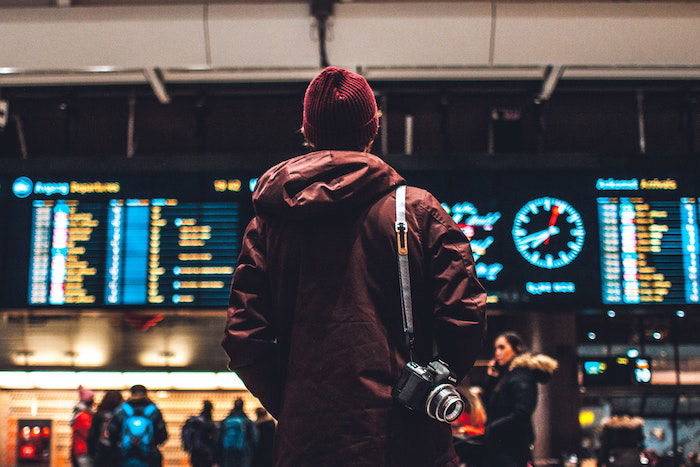
Knowing how to use your camera is essential. Learning a wider variety of photographic skills is vital. And understanding how to capture landscapes, take portraits, or take a street scene with a long exposure will go a long way.
The more techniques you have under your belt, the better. Photography is a visual art and very hands-on, so you must show you can do it by showing you can do it.
Travel photographer education requirements vary. A photography course can help you learn photo basics and editing skills if you are starting from scratch.
But you do not need a degree to become a travel photographer. Some might find it easier to find work with a certificate or qualification, and having one might help open up some opportunities. Still, it is not a prerequisite if your images are strong and captivating.

Becoming a freelance travel photographer requires a lot of hard work. Unfortunately, the photography business is highly competitive. Part of this hard work is finding a way to stand out.
Your work will reflect your vision of the world, which is unique for every travel photographer. It would help to find a way to show your viewpoint in your travel photographs. Create a signature style that stands out from your competitors.
To become a freelance travel photographer, you must define your niche. You can focus on a specific technique or subject within your travel photography journey. Ask yourself what you like to photograph the most or are good at taking pictures of, and stick to that.
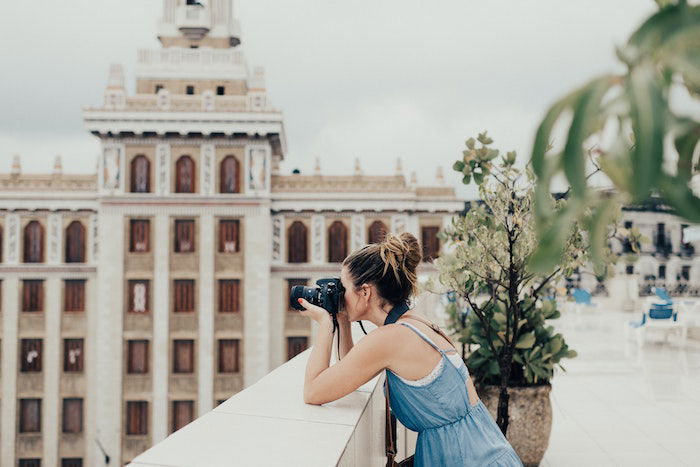
A portfolio is a series of images that you have captured. It can be an online portfolio or a print version, letting clients see the kind of travel photos you take and how you take them. It is a visual guide of the photo quality they can expect from you. Without a portfolio to look at, clients will likely find it challenging to give you work based solely on your word.
If you do not have a lot of money to start traveling, you can start locally. Research photos clients are looking for, then capture them and present them. The images you do not sell could also work well on stock image libraries or websites as sellable prints.
As you start building a reputation as a travel photographer, clients will want to hire you. Keep creating a body of work until you start finding commissions, and then keep exploring. In the end, clients are looking for stunning images. Only a photography portfolio can show that.

Creating your website or blog to showcase your work is essential as a travel photographer. These tools will help you show your clients you are a professional photographer. Also, it makes it easier for potential clients to find you and reach out to you. Using one of these platforms will help you organize your work and display it in your preferred format and style. You can get creative and use a design that makes your content more appealing.
Creating a blog or website is very easy. You can use a free website builder like Wix or Weebly. All you have to do is sign up, select a pre-set template and upload your work. There are many travel bloggers you can follow and get tips from. Then you write your first travel blog post!

Selling your travel photography can be a sustainable business idea. Many travel photographers sell their images on a digital platform. And it’s the bread and butter of their money-making machine.
To start, I recommend adding your images to an online platform. These will help put your name out there. Also, they serve well as a portfolio of travel photography for others to view. Potential clients are always searching for examples of work.
It might be challenging to sell your images when you start. But there are a few places to begin posting your pictures.
Unsplash is a free stock photography site that others can use for free content. The page is well known, so they receive lots of exposure. If someone uses your images, they can place them on their page with your link or name. You don’t get paid, but it can help spread your pictures and reputation.
You also can use a platform like 500px, where you can license your images with a few clicks. Plus, as mentioned before, you can sell your pictures through many stock photography websites. The site dropstock.io will even upload your photos to many stock websites for you!
Having images for sale on a stock photography website is beneficial. You can sell pictures while you eat, sleep, and travel by licensing your work. As the number of images grows, so does your chance to make money.
If you are still building up a reputation, you can sell travel photos through your website. That way, you don’t have to pay the commission to stock photography sites. If you build up a good network of companies or blogs that need images, they might even come to you first.
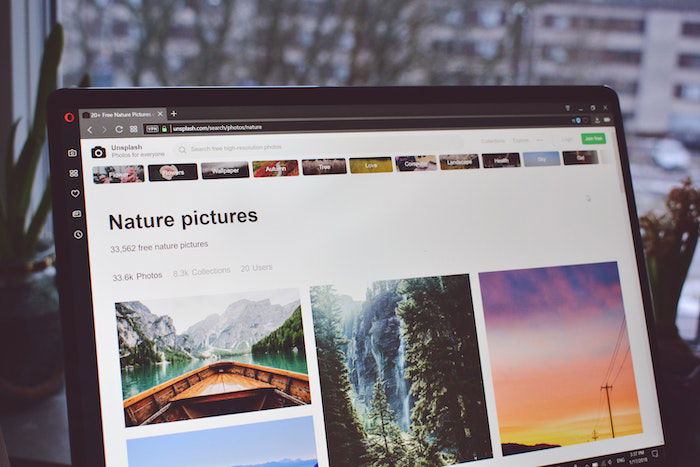
You might be the kind of travel photographer who is not into the digital world. There is still a market for making money and a living from travel photography.
One way to do this is to create prints of your images and sell them through specific art websites. Etsy is one good example. Fine Art America is another one. Some travel photographers even use eBay due to the number of people who use the website and the low cost of hosting a print.
You could approach galleries when you have a series of works. There is a chance you find buyers through them. They will take a commission depending on the space. But in turn, they provide an outlet that many people have access to.
The benefit of selling physical prints is that you can sell them online and in person. I have created photography books, postcards, and photo prints. And I sell them in art markets, art shops, and hostels.
You can sell prints on your own out on the street, but the money can come in dribs and drabs. There is no guarantee that you will sell enough of them to be worth your time standing out in the cold (or heat).
Unlike digital images, prints can’t be stolen or reused without your say-so. But they might need a lot of your time to produce, plus the initial capital required to print these can be high.
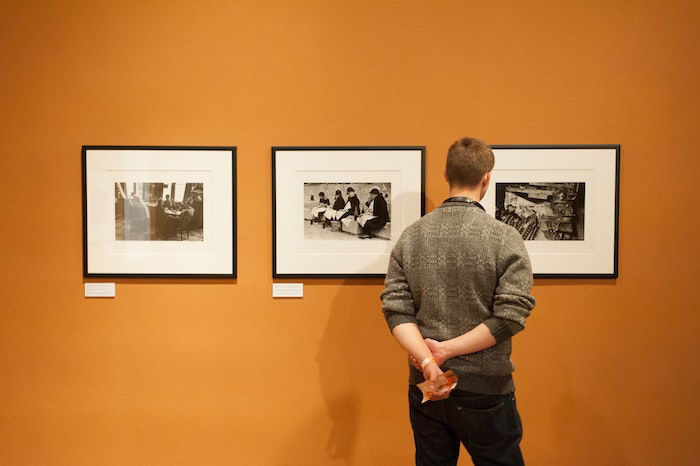
As you travel to foreign places, you can offer your services to travel businesses. Many are in great need of images from the destination you are in. These could be travel magazines, newspapers, or local tourism boards. Anyone in the travel or tourism industry needs strong images. I have stayed in hostels for free by exchanging professional interior photographs for free accommodation.
Many businesses prefer working with the same person if they provide high-quality images. They might even commission you to capture the images they need. Be aware that this type of work may have to be under the table, depending on your visa. If you are going somewhere abroad, research opportunities each area might present. For example, a beautiful image in a tourism brochure can say a lot about a company. It can show that they will pay top dollar for images. You could also see if the area you’re traveling to has trending stock photography themes to take advantage of.
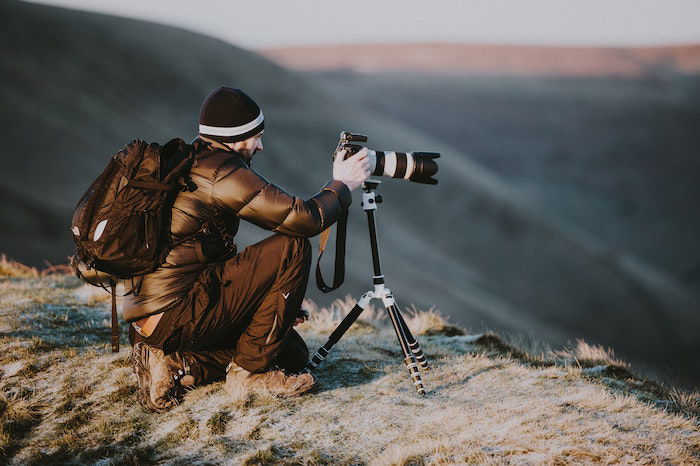
The number one idea with travel photography, like any other niche, is to create strong content. Success is due to the quality, the post-processing, or the techniques you use. It could also be due to the uniqueness of your approach.
Strong content is crucial. Your images need to be top-notch if you want to sell your work through a gallery or online. The more compelling your travel photos are, the more people will search for them and your services.
One other area you can look at is photography writing. If there is an area of photography that you know about, why not write about it. It could be about time-lapse photography or your experience as a portrait photographer. The possibilities are endless.
There are many places you can do this, for yourself, a travel company, or a photography website. The benefit is that not only are people reading your helpful content, but you also get to share your images.
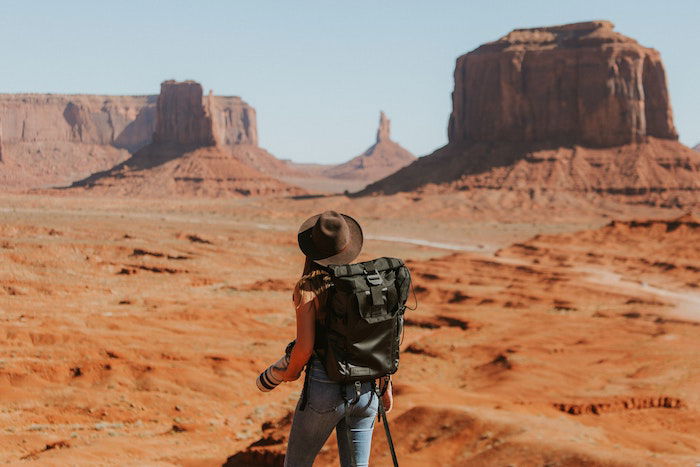
When I first arrived in Budapest, I tried to find a job. I looked at all the photography possibilities I could. However, nothing seemed to fit my style, work ethic, mentality, photography style, or background. As a documentary photographer, I contacted newspapers and magazines but didn’t land a position. It was not an easy time.
So I started thinking outside the box. And I realized that, with a bit of marketing, I could host street photography workshops. It fitted with my travel photography passion and experiences. Luckily, I had a background in both photography and tutoring. It was a success, but it took a while for me to get my name out there. The good thing was that it only took a day or two to develop some free advertising online. It allowed me to start immediately.
For every travel photographer, there is something they can teach. It could be composition, landscape photography, or location scouting.
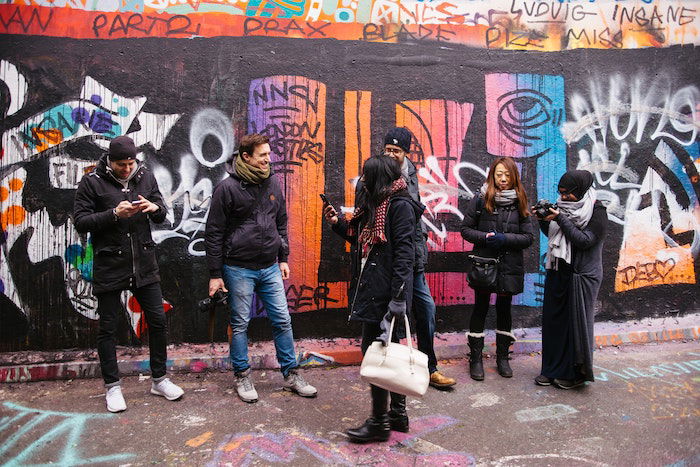
Many resources can help you get started as a travel photographer. Yet, I believe in baptism by fire. If I were just getting started and had a small travel budget, I would pick a place to travel and go. That’s it. You can work out everything else once you have a place to go. You could do a documentary piece in India or capture the cloth-dying process in Morocco.
Once you have a destination, you can start researching. Learn about photography etiquette, what time the sun sets, and where to stay. Then, with a clear idea of the “where” and “what,” you can find who might be interested in the images you take.
As mentioned, if you can write, then your opportunities widen. GoNomad, for example, is always looking for stories to publish. Magazines and online publishers will pay for content because they do not need to do the research or find and commission someone else. It’s even better if you have images to go alongside your writing.
So, find paid photo projects, put some of your travel photos on stock photography websites, and sell a few physical prints—the more avenues of income you establish, the better chance to have a travel photographer salary successfully.
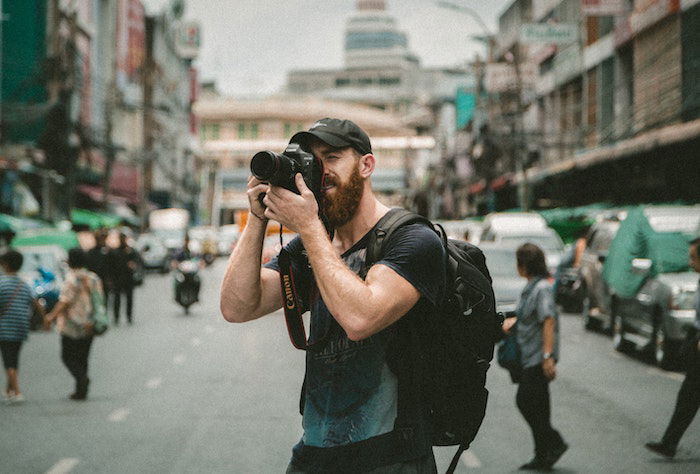
It doesn’t matter if your goal is to work for National Geographic or make a living from your prints and website. Becoming a professional travel photographer requires a lot of work. But don’t worry! Many travel photographers started with the basics, like a beginner’s photography course, and just went for it. You will get there!
We hope these travel photography tips help you figure out how to become a travel photographer and carve out a travel photography career!
Try out our Fantastic Photo Adventures course to learn unique and creative storytelling techniques and get out and start your journey into travel photography!
